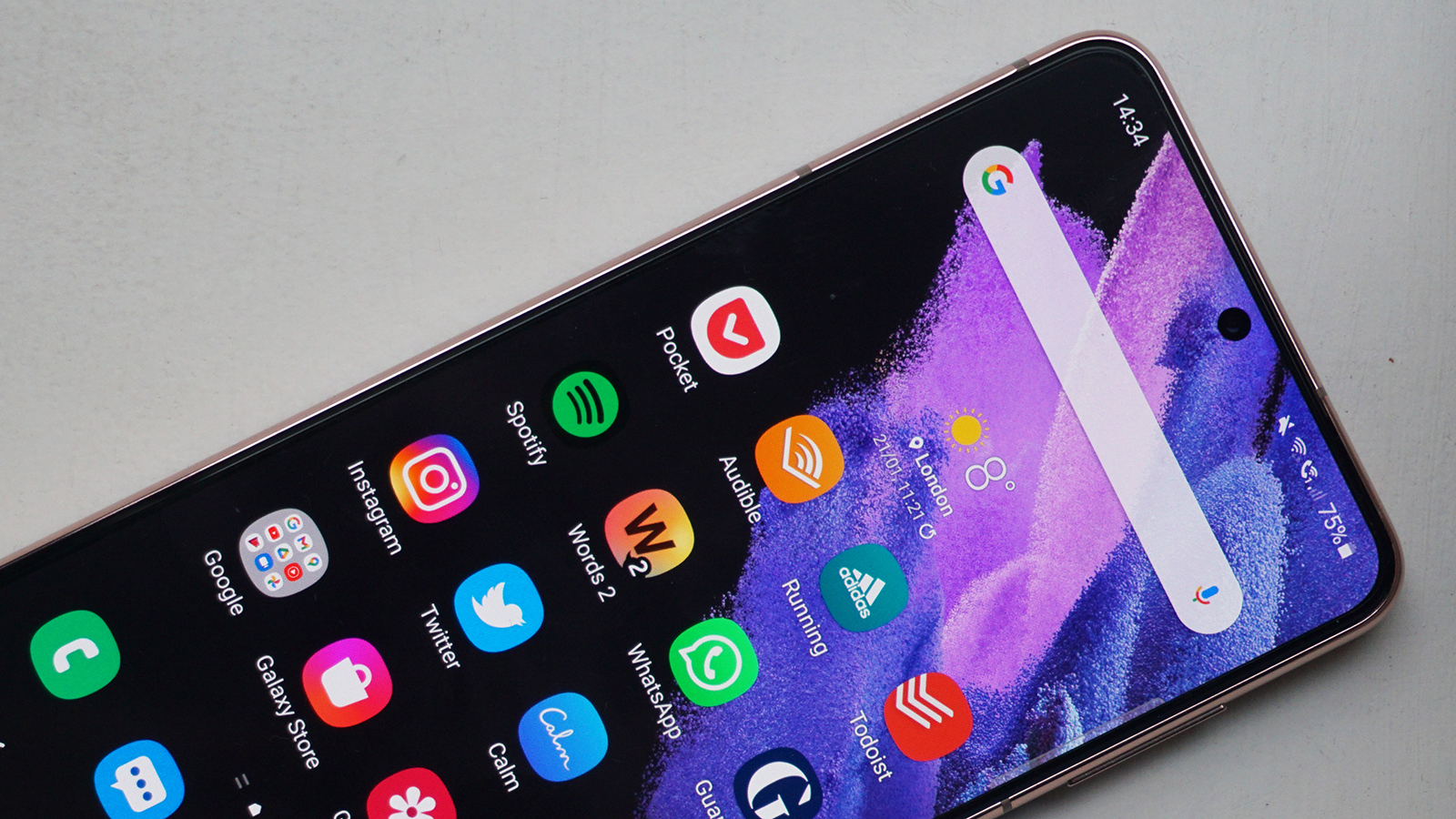Samsung is the world's biggest smartphone manufacturer once again
Smartphone market shows signs of recovery in Q1 2021

The global smartphone market experienced a significant resurgence during the first quarter of 2021 as sales increased by 27%.
The smartphone sector has been hit by Covid-19 due to economic and production challenges that had caused supply issues and lowered demand. However, the easing of lockdown measures around the world has laid the foundations for a recovery.
Samsung, whose position at the top of the market has been challenged by Apple and Huawei in recent times, shipped 76.5 million units to take a 22% share.
- What is 5G? Everything you need to know
- These are the best business SIM-only deals around today
- And the best business broadband deals
Global smartphone sales
Apple secured second place with 52.4 million and 15%, while Xiaomi enjoyed its best ever single quarter performance, increasing sales by 62% to 49 million units in third. Oppo sales rose by 60% to 37.6 million and Vivo increased volumes by 48% to 36 million, rounding up the top five.
Samsung benefited from the demise of Huawei, which has seen its smartphone fortunes fade through a combination of US sanctions that have limited its access to key technologies, and through the related sale of its Honor subsidiary. Huawei is now only the 7th largest smartphone manufacturer with 18.6 million units.
The company’s struggles also benefited its Chinese rivals who are increasingly targeting markets outside their homeland with affordable, feature-packed mid-range handsets.
“In addition to great product value, Xiaomi is now also making strides to recruit local talent, become more channel-friendly and lead in high-end innovation, as seen with the Mi 11 Ultra and its recent foldable, the Mi Mix Fold,” said Canalys Research Manager Ben Stanton.
Are you a pro? Subscribe to our newsletter
Sign up to the TechRadar Pro newsletter to get all the top news, opinion, features and guidance your business needs to succeed!
"Its competitors offer superior channel margin, but Xiaomi’s sheer volume actually gives distributors a better opportunity to make money than rival brands. But the race is not over. Oppo and Vivo are hot on its heels, and are positioning in the mid-range in many regions to box Xiaomi in at the low end. Honor is also a looming threat. It has already struck supply chain deals and is now signing distribution agreements to re-enter several markets in the second half of 2021. Xiaomi is leading the pack, but the race has only just started.”
Analysts also noted that LG’s withdrawal from the mobile phone business could be an opportunity for Motorola, TCL, Nokia or ZTE in the Americas, and that although Covid-19 remains a key consideration for manufacturers, a global chip shortage is now of greater concern.
“Supply of critical components, such as chipsets, has quickly become a major concern, and will hinder smartphone shipments in the coming quarters. And it will drive global brands to rethink regional strategies,” added Stanton. “Some brands, for example, have de-prioritized device shipments in India, amid the new COVID-19 wave, and instead are focusing efforts on recovering regions, such as Europe. And while the shortages persist, it will grant larger companies a unique advantage, as the global brands have more power to negotiate allocation. This will put further pressure on smaller brands and could force many to follow LG out of the door.”
- These are the best iPhone 12 deals available today
Steve McCaskill is TechRadar Pro's resident mobile industry expert, covering all aspects of the UK and global news, from operators to service providers and everything in between. He is a former editor of Silicon UK and journalist with over a decade's experience in the technology industry, writing about technology, in particular, telecoms, mobile and sports tech, sports, video games and media.